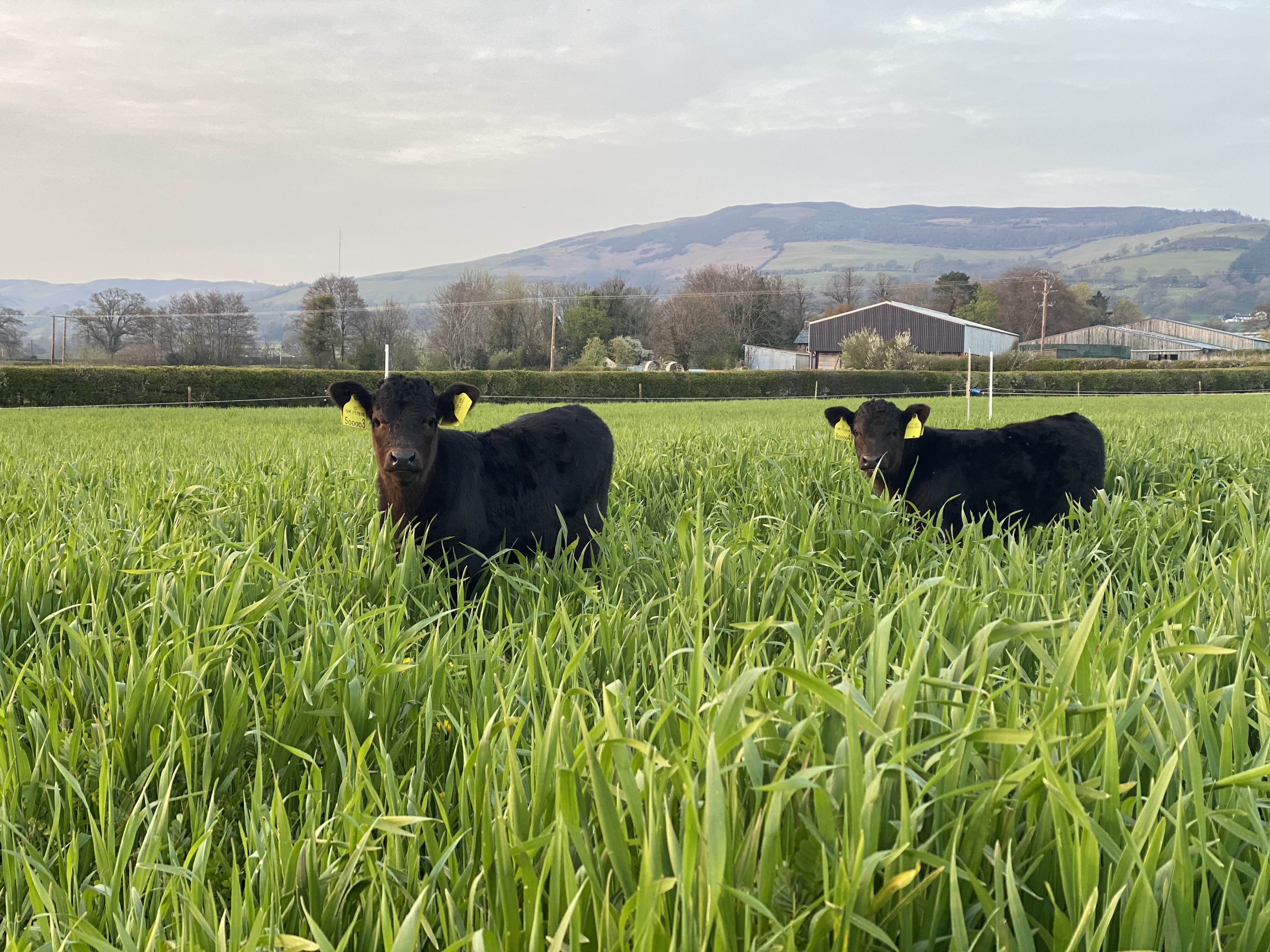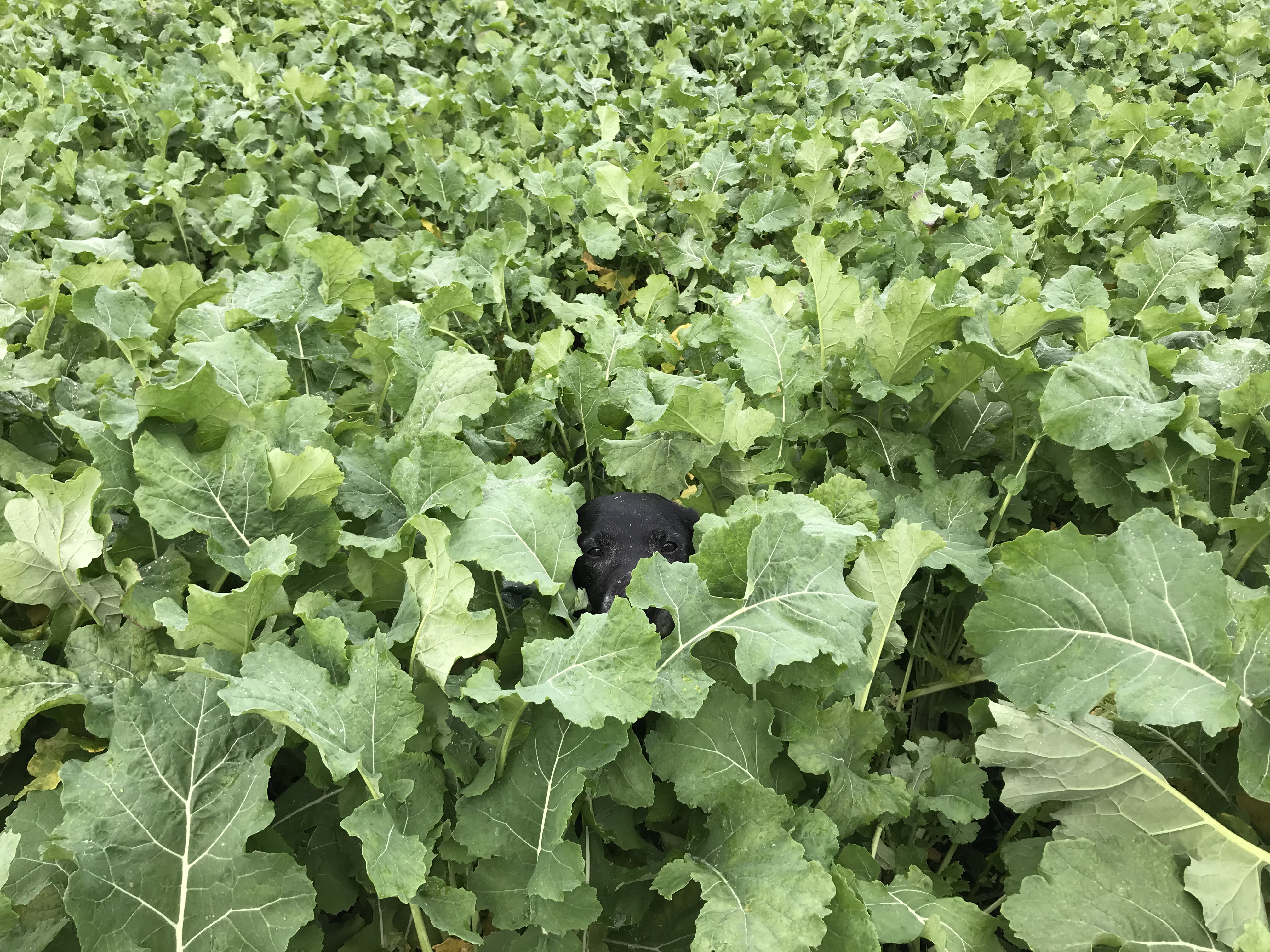Planting advice to boost forage stocks




The dry weather this spring has really caused concern for forage stocks throughout the UK. While some livestock farmers carried over some silage, hay and straw from last year, the need to feed animals much earlier than normal has led to most surplus being used up, with many farmers now eating into reserves normally saved for the winter months.
Below is a brief outline detailing where there may be an opportunity to boost grazing forage this autumn, create early turnout or potentially banking early cuts of silage next spring.
Forage Brassicas:
Stubble Turnips
Now on is a great time to sow Stubble Turnips, normally sown arounf 5kgs per ha, this can be a really economical choice. The Early Fold Root Mix (Forage Rape and Turnips) is also another good option for sowing during July and Mid August. Both options take about 12 weeks to get to a full crop.
Later plantings at the end of August onwards can lead to smaller Turnip bulbs and a leafier plant, this reduced crop will be lower in energy and will not hold the stock for anywhere near the same amount of grazing days.
Some Turnip stocks are starting to run low this summer.
Leafy Turnips
The Summer Early Graze mix of Leafy Turnips and Forage Rape can be a really useful, fast growing mix, providing grazing in 8-10 weeks, its a good option if your looking to gain some forage for the early part of this autumn.
Forage Rape
This is an economical option with a later planting window than Stubble Turnips, varieties like Hobson and Rampart are tried and tested in the UK and will provide high protein, leafy crops even when planted in August and early September.
Hybrid Brassicas:
The leafy hybrid brassica Interval is a crossing of Forage Rape and Kale, it has fast establishment and can be sown into early September. The Kale parentage gives Interval the edge over traditional Forage Rape in terms of protein level, regrowth and yield.
Redstart is another autumn sown hybrid brassica option, similar to Interval it establishes quickly and produces a large leafy crop. The high Kale parentage of this variety makes Redstart a good choice for more exposed areas and those hoping to push the grazing window later after Christmas. This variety tends to keep its quality early into the new year, with a lower likelihood of flowering than Forage Rape.
As with all brassicas, pests like Flea Beetle can be an issue in the first 6 weeks from sowing, especially if the crop has a slow establishment due to dry seedbeds. These leafy crops are also hungry and will need some fertiliser input.
Grass Options:
Westerwolds Ryegrass
This is a fast growing annual Ryegrass. While soil moisture is certainly a consideration, Westerwolds Ryegrass is one of the fastest Ryegrass species to establish. It has a long sowing window, with crops being sown from now until late September and even early October after Maize in favourable autumns.
While the dry conditions have certainly made things a real challenge this summer, it has in general led to very timely harvests, this will provide an opportunity to sow short-term grass leys to boost silage stocks next year.
Westerwold is one of the earliest grasses to grow in the spring, allowing it to provide a useful opportunity to take a cut of silage before sowing later spring sown crops like Maize.
Alternatively Westerwolds can be left in for a full year for several subsequent silage cuts to further boost silage stocks.
Italian Ryegrass
This has a similar sowing window to the fast growing Westerwolds Ryegrass, however the plant will last for 2 full years, making it a useful forage crop for land that may be out of the rotation for a couple of years.
Grazing Rye
This is a very traditional forage to be planted in the autumn for over winter cover and forage. It has a late sowing window, meaning it can be planted into October if needed. It also has very early spring growth, which is why it has been sown for years to help with early season turnout. The crop remains leafy and prostrate until mid spring, at which point the plants starts to extend, allowing it to be cut for silage. Alternatively the crop can be cut for wholecrop or grain later in the season.
Grazing Rye is a cereal seed, meaning it needs to be sown at a robust rate for fields that will be cut later in the year or if the crop needs to stand up to heavy grazing, sowing rates of 50-75kgs per acre are not unusual.
Some farmers will use Rye in combination with winter hardy legumes like Vetch for winter hardy green cover, the grazing of these cover crops may be a bonus on top of the advantages of keeping soils covered during the winter months, this means there is more flexibility in sowing rates for these large seeded species, some growers dropping the seed rate to 20-25kgs per acre to make this cover crop combination more economical.
Planting Cover Crops
As ground is cleared and we still have fairly long days and warm soils there is a good opportunity to get cover crops established, while soil moisture is certainly an issue, it is interesting to observe how many harvested OSR fields have miraculously ‘greened up’ behind the combine!
Fast growing cover crop species like Buckwheat, Mustard and Phacelia can produce plenty of biomass between now and christmas, however be aware that the first hint of colder weather can start to knock out the Buckwheat.
Options like the Grazable Cover Crop mix strikes a good balance between useful grazing species and quick and reliabel ground cover.
If you are planting cover crops to satisfy environmental stewardship criteria and hope to graze these covers once we reach January or even February, careful consideration should be given to the species used.
Non winter hardy species like Mustard, Radish, Phacelia, Black Oats and Spring Cereals cannot always be relied on after christmas. However frost tolerant species like Winter Oats, Rye, Vetch and the leafy Forage Brassicas can provide an important and reliable bite at this time of year.
Overseeding Options:
Over the years we have seen that while old pasture can burn up during periods of prolonged dry weather, it does often have the ability to recover and ‘Green up’. However much of the species in the sward will be weed grasses with lower productivity.
The conditions of this pasture at the moment is an ideal time to boost productivity by overseeding more productive grasses and clover.
Typically overseeding mixes will include larger seeded Tetraploid Ryegrass varieties and White Clover. However with patience and attention to detail, other legumes, herbs and grasses can also be used.
Pasture Cropping:
More recently we have experimented with the idea of ‘Pasture Cropping’, this idea, borrowed from the states, includes boosting pasture production by direct drilling fast growing annual species into the existing/growing swards.
While this is still a novel idea in the UK, we have experimented with adding leafy brassica species to growing pasture with some limited success. So far larger seeded species have been more reliable such as Winter Oats, Grazing Rye and Vetch, these have provided some early grazing in the spring and help boost yield and protein when cutting later in the spring for silage.
While this has certainly been a very challenging season for much of the UK, we do hope that with spells of more broken weather, cooler days and dewy mornings, we can start to get back on track.
Author: Sam Lane
Date Posted: 10th August 2025



